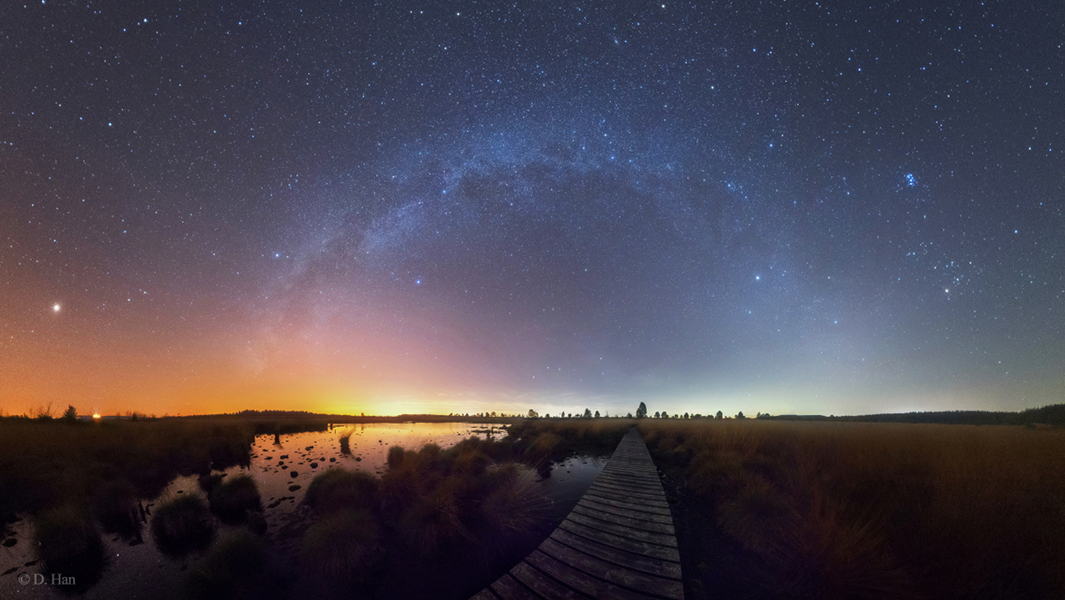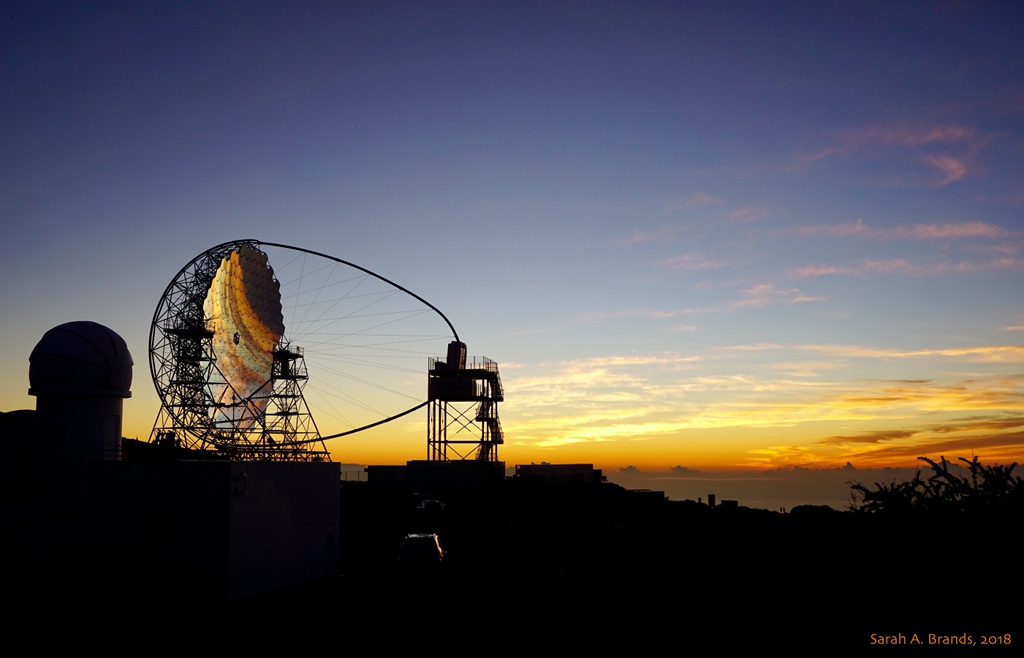
Summer to Winter Milky Way




Media accreditation now is open for the launch from Virginia of Northrop Grumman’s 10th commercial resupply services mission to deliver NASA science investigations, supplies and equipment to the International Space Station aboard its Cygnus spacecraft.
from NASA https://ift.tt/2NMu5Qu
via IFTTT![]()
NASA will host a series of media briefings leading up to the Friday, Oct. 26, launch of its Ionospheric Connection Explorer (ICON) mission to study the dynamic zone high in the atmosphere where terrestrial weather from below meets space weather above.
from NASA https://ift.tt/2QYOzaQ
via IFTTT![]()
Today, NASA released a new, limited-edition podcast called The Invisible Network, the first NASA podcast to embrace narrative storytelling. All six episodes can be downloaded and binged on NASA’s website, SoundCloud and Apple Podcasts.
from NASA https://ift.tt/2OxdCov
via IFTTT![]()
NASA astronaut Nick Hague, who has returned home to Houston this weekend after his launch to the International Space Station was aborted, will be interviewed by media about his experience at 11 a.m. EDT Tuesday, Oct. 16.
from NASA https://ift.tt/2Epu1H0
via IFTTT![]()
